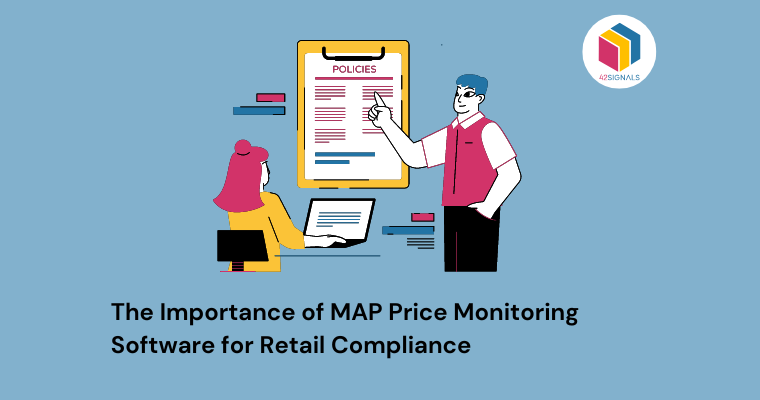Managing your online presence is no longer just about controlling what you post; it also involves monitoring conversations around your brand and ensuring they align with your values and goals. This is where leveraging brand mentions comes into play.
By actively tracking and engaging with these mentions, businesses can improve their reputation and boost e-commerce performance.
What goes into it? Let’s find out.
Brand Mentions to Improve E-Commerce Performance
- Set Up Monitoring Tools

Image Source: Sprout Social
To stay informed about brand mentions across various platforms, invest in reliable social listening tools like Hootsuite, Mention, or Brandwatch. These tools help track conversations related to your brand, products, services, competitors, and industry keywords. Additionally, set up Google Alerts for your company name, product names, executive team members, and other relevant terms. With real-time notifications, you can quickly respond to both positive and negative feedback, fostering customer loyalty and trust.
- Engage with Positive Mentions

Image Source: Business2Community
When customers share positive experiences with your brand, capitalize on those moments by expressing gratitude and encouraging further engagement. Respond to comments, retweet posts, and create user-generated content campaigns. By doing so, you demonstrate appreciation for loyal customers while increasing visibility and credibility. Moreover, potential customers are more likely to convert when they see genuine interactions between brands and satisfied consumers.
- Address Negative Feedback Professionally
Although nobody enjoys receiving negative reviews, addressing them professionally shows maturity and commitment to improving your offerings. When dealing with unhappy customers, maintain empathy, avoid defensiveness, and provide solutions promptly. Acknowledge mistakes if necessary, apologize sincerely, and invite critics to contact you directly for resolution. Remember, resolving issues publicly often leads to greater customer satisfaction than ignoring complaints altogether.
- Identify Opportunities for Collaboration
Monitoring brand mentions may reveal opportunities for collaboration with influencers, partners, or even disgruntled clients who could become advocates after successful conflict resolution. Forge relationships with key stakeholders through thoughtful outreach, mutually beneficial partnerships, and consistent communication. Such alliances contribute significantly to enhancing your reputation and expanding your reach within your target market.
- Analyze Competitor Mentions

Image Source: Gong
Track competitor brand mentions to identify gaps in their strategies and areas where you excel. Use this information to differentiate yourself from rivals, address emerging trends, and refine marketing messages. Furthermore, monitor shared audiences to understand pain points and preferences better, enabling tailored offerings that attract new customers and retain existing ones.
- Measure Results and Adjust Strategies Accordingly
Finally, measure the impact of your efforts regularly using analytics provided by social listening tools and web metrics software such as Google Analytics. Evaluate changes in website traffic, conversion rates, sales figures, social media followers, and overall sentiment surrounding your brand. Based on insights gleaned from data analysis, adjust strategies accordingly to optimize results continually.
Leveraging brand mentions is required to maintain a strong online presence and reputation. By focusing on this area, businesses open up new avenues for business growth and improve customer retention rates.
Conclusion
We share insightful content every week, read our e-commerce blogs for more interesting topics.





